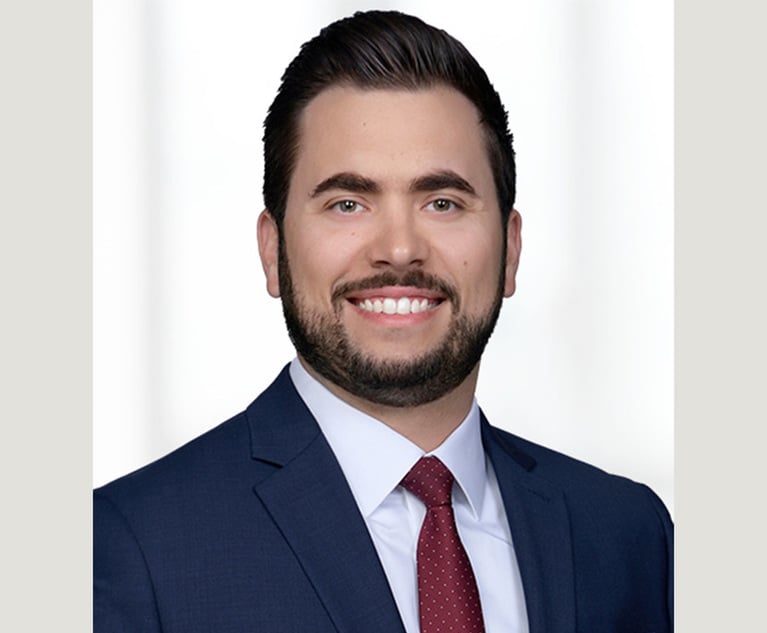Since the recession the number and severity of professional liability claims are well-above historical records. The uptick is partly due to rising defense costs; a typical claim costs in excess of $50,000. To protect against this exposure, attorneys and other professionals purchase errors and omissions (E&O) coverage. Generally, these policies provide liability coverage against third party claims alleging acts, errors or omissions in the rendering of—or failure to render—professional services. This article stresses the importance of recognizing when a “claim” has been made in order to preserve coverage.
Absent an act or omission that constitutes a “claim,” neither exclusions nor exceptions to exclusions matter. The term is almost always defined in the policy. Claims are not simply lawsuits. Claims can include a written notice from a governmental authority notifying the policyholder of its intent to commence an investigation; a request to toll or waive a statute of limitation relating to a potential claim; or an administrative or “other” proceeding. It is imperative that policyholders understand the breadth of the definition, because E&O policies are almost always “claims made” policies. To preserve coverage, claims made policies require not only that the claim be made during the policy period, but that the policyholder timely reports the claim. While it may seem draconian, an insured’s failure to timely report a claim is often a complete bar to coverage.


 Camilla Cohen, with Ver Ploeg & Lumpkin in Miami.
Camilla Cohen, with Ver Ploeg & Lumpkin in Miami.




